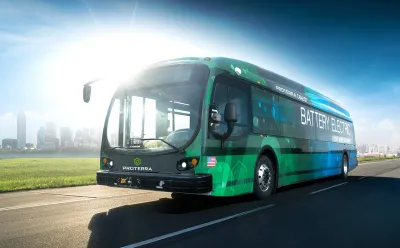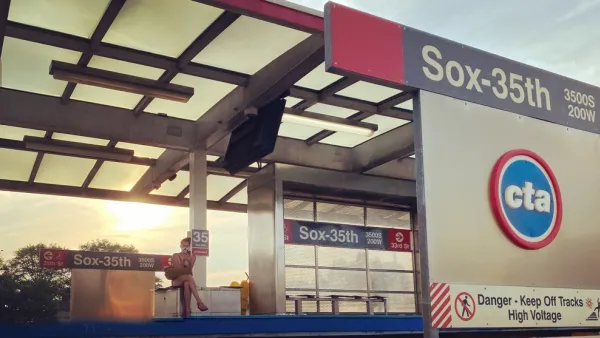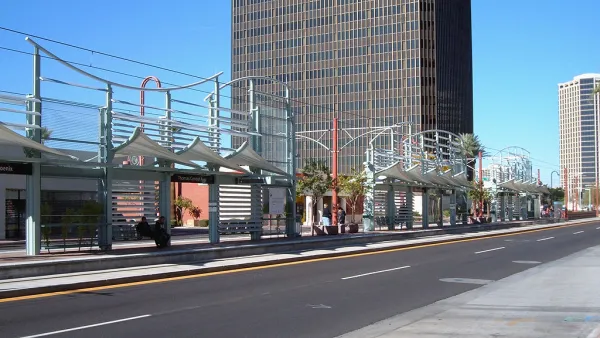Three projects are underway to optimize the efficiency and cost of public transit systems, thanks to government funding from the U.S. Department of Transportation (USDOT) and the U.S. Department of Energy (DOE).

Three organizations—the Massachusetts Institute of Technology (MIT), the Chattanooga Regional Transportation Authority (CARTA), and Utah State University (USU)—each received $1.75 million in federal funding to undertake projects to optimize energy and cost efficiency of public transportation systems with the use of artificial intelligence (AI).
"Researchers at MIT will look to develop a transit-centric Smart Mobility System to help agencies create short-term operating plans and adaptable real-time control strategies. CARTA will also develop a software platform using artificial intelligence (AI) to integrate fixed-route transportation with on-demand services and paratransit and determine where best to deploy electric buses. And USU aims to develop tools for planning and operations to help the large-scale electrification of bus fleets," reports Chris Teale.
According to the U.S. Department of Energy (DOE), a funder of the projects in collaboration with the U.S. Department of Transportation (USDOT), more efficiency and affordability in transportation systems will contribute to a larger goal of reduced carbon emissions in urban areas.
"The USU research project comes as more transit agencies look to electrify their bus fleets in a bid to cut emissions, but come up against issues like higher electricity costs from charging and the need to balance their schedules to ensure the vehicles have enough time to be charged without impacting service," Teale writes.
AI will play a key role in solving hypothetical scenarios in which electric fleets are in operation nationwide with such variables as inclement weather and route popularity.
FULL STORY: DOE, USDOT issue $5.25M in project grants to advance transit tech

National Parks Layoffs Will Cause Communities to Lose Billions
Thousands of essential park workers were laid off this week, just before the busy spring break season.

Retro-silient?: America’s First “Eco-burb,” The Woodlands Turns 50
A master-planned community north of Houston offers lessons on green infrastructure and resilient design, but falls short of its founder’s lofty affordability and walkability goals.

Delivering for America Plan Will Downgrade Mail Service in at Least 49.5 Percent of Zip Codes
Republican and Democrat lawmakers criticize the plan for its disproportionate negative impact on rural communities.

Test News Post 1
This is a summary

Test News Headline 46
Test for the image on the front page.

Balancing Bombs and Butterflies: How the National Guard Protects a Rare Species
The National Guard at Fort Indiantown Gap uses GIS technology and land management strategies to balance military training with conservation efforts, ensuring the survival of the rare eastern regal fritillary butterfly.
Urban Design for Planners 1: Software Tools
This six-course series explores essential urban design concepts using open source software and equips planners with the tools they need to participate fully in the urban design process.
Planning for Universal Design
Learn the tools for implementing Universal Design in planning regulations.
EMC Planning Group, Inc.
Planetizen
Planetizen
Mpact (formerly Rail~Volution)
Great Falls Development Authority, Inc.
HUDs Office of Policy Development and Research
NYU Wagner Graduate School of Public Service





























